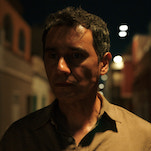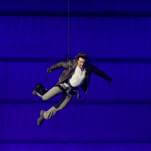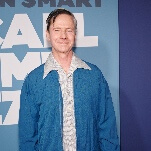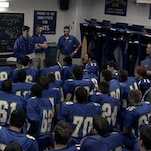There are not, on the surface, a ton of similarities between Clair Obscur: Expedition 33 and Nintendo’s latest, Pokémon Legends: Z-A. Yes, both are weirdly, aggressively French, despite taking place in worlds where there is no France. But one game is a deeply compelling meditation on death wrapped in a highly addictive action-RPG wrapping—where the closest you get to “collecting” monsters is hacking their legs off so your foot-fetishist yeti can employ them in new attacks—while the other is essentially a treatise on urban planning, where the urban planners’ best solutions are to shrug and go “Look, if you go into a cemetery to look at your loved one’s graves, you’re just going to have to accept a certain number of ghost attacks.” Tonally, the two games couldn’t be more different. And yet, there is one thing that unites these two very disparate points on the modern RPG curve: Their love of big, stupid obstacle courses that work like garbage with each game’s particular controls.
Clair Obscur is the more overt about its clunky, just-barely functional parkour obsession—while also being polite enough to mostly sequester it away in strictly demarcated optional zones. You’ll do a bit of platforming while running Gustave and Co. around the game’s regular dungeons, sure, usually hiding some small upgrade materials, or possibly a new weapon for your crew of plucky Expeditioners, in some little high-up corner. But you have to deliberately subject yourself to the Gestral Beaches, the bits where the game lets its “We gave you a jump button despite it being largely superfluous!” freak flag fly. As with most things with the game’s deliberately goofy, goblin-esque Gestrals, the beaches are at least partially a joke: A rickety set of obstacle courses clearly designed as death traps by a species that can’t permanently die, where your reward for subjecting yourself to them is (fairly tasteful, with one notable exception) swimwear for your cast of heroes. The game couldn’t broadcast “You don’t actually have to do this” more clearly if it tried.
And yet, gamer brain being what it is, I did. Admittedly, I did not complete the nastiest of the Beaches—a gigantic tower of free-floating debris and other unused assets that feels like a deliberate riff on Bennett Foddy’s Getting Over It—having attempted it one time, fallen from about two-thirds of the way up its mile of fiddly jumps, and concluded “Never again.” But part of being an obsessive video game person is assuming there’s fun, or at least meaning, to be found in just about any challenge a video game sets before me, because why else would it have been included in the game? So I repeatedly hit the Beaches, for longer than what strictly felt enjoyable to do.
I’ve been taking a similar approach to Pokémon‘s various construction challenges, which are littered throughout Lumiose City, apparently placed there by a public works company that seems far more obsessed with parkour than it is getting new buildings built. In this case, the rewards for completing these courses are meaningful: The Colorful Screws you can get for rolling off ledges, crossing balance beams, and otherwise risking your neck in these hardhat-free hardhat zones can be exchanged for items that increase things like experience points, and even catch rates for your various lil’ pocket monsters. (Also, completing one set of challenges gives you a free Froakie—and if your Water-type coverage has been as piss-poor as mine has been up to this point, that’s all the more reason to go traipsing through yet another set of obvious OSHA hazards.) That’s to say nothing of Z-A‘s more informal rooftop-climbing, which often asks you to head to the heights of the city, covered as they are, not by copious bird monster shit, but by valuable treasures, with your colorfully attired avatar dropping onto and off of rooftops with abandon.
What unites these two sets of challenges, Z-A‘s scaffold-walking and Clair Obscur‘s wooden death courses, is that you can feel the way they both strain their individual game’s movement engine to their limits. (In both cases, I’ve had falls come, not from a failure of my own manual dexterity, but because the games’ collision systems didn’t seem to really know what to do with edge cases like being right on the lip of a drop.) At the same time, both seem to stem from a similar, interesting idea that cropped up in their developer’s heads: If you’re going to have movement as a core component in your video game, shouldn’t you try to gameify it?
After all: Despite their bigger concerns and flashier battles, at least a third of your actual time with both games is spent simply navigating the environment. And a lot of that time is functionally dead space: No narrative information, no challenge, simply the process of getting from A to B that makes up the base substrate of so much gaming life. I can completely understand why you would want to take those movement systems—stuff that something like 90 percent of games have to build, without ever getting to do anything very interesting with them—and try to make them an actual part of the game. Or, to put it another way: There are thousands of video games where you move a character through space, and only a tiny fraction where you care about that movement in any meaningful way. Why not try to take advantage of that tension?
With the answer, obviously, being that it’s a hell of a lot harder to build a movement system with satisfying-feeling platforming than it is one that just lets you move a guy across a simple flat mesh. The fact is that both Clair Obscur and Z-A are genuinely crappy platformers, when they try to be: Bad jumps, lousy physics, bad hand-feel all around. Which raises another age-old question: Is it better to have a crappy version of something in your video game, or simply have nothing in its place at all? (To pivot wildly for a second, I’m also playing new mystery game The Seance Of Blake Manor right now, and running into something similar with a series of Witness-esque “sigil” puzzles its asks players to do to interact with its version of magic; in that case, toiling with line-drawing puzzles, which don’t play well with the game’s much more engaging deduction gameplay, is decidedly not optional to progression, and it’s driving me nuts.) By making their running-and-climbing bits (mostly) optional, Clair Obscur and Z-A avoid the worst of this kind of thing; their obstacle courses instead feel like something a developer whipped up on a lark, and then had someone else say “Hey, why not, throw it in?” That their presence can detract from the whole is balanced, at least in part, by the ambition and frivolity they represent.
That being said: Fuck that Gestral Beach tower and its stupid floating merry-go-rounds, in particular. Never, ever again.
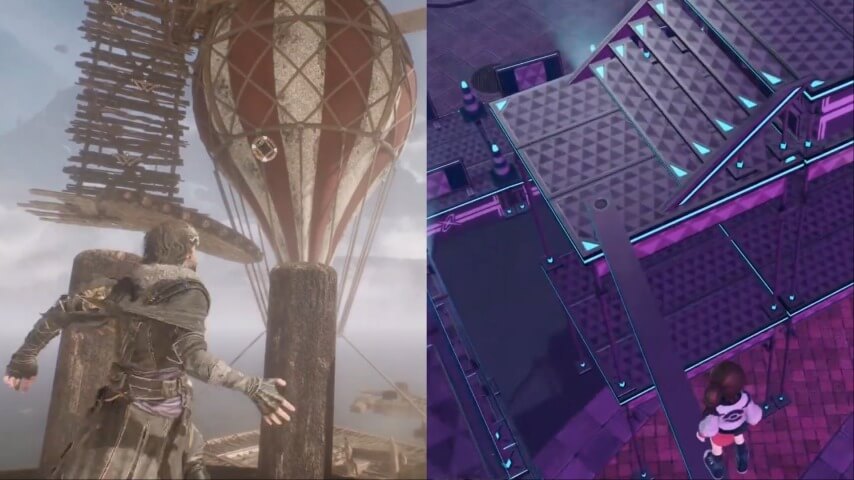



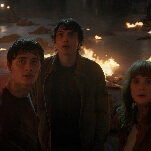


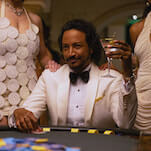

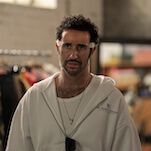









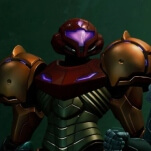
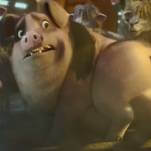
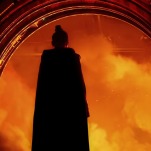

![HBO teases new Euphoria, Larry David, and much more in 2026 sizzle reel [Updated]](https://img.pastemagazine.com/wp-content/avuploads/2025/12/12100344/MixCollage-12-Dec-2025-09-56-AM-9137.jpg)


